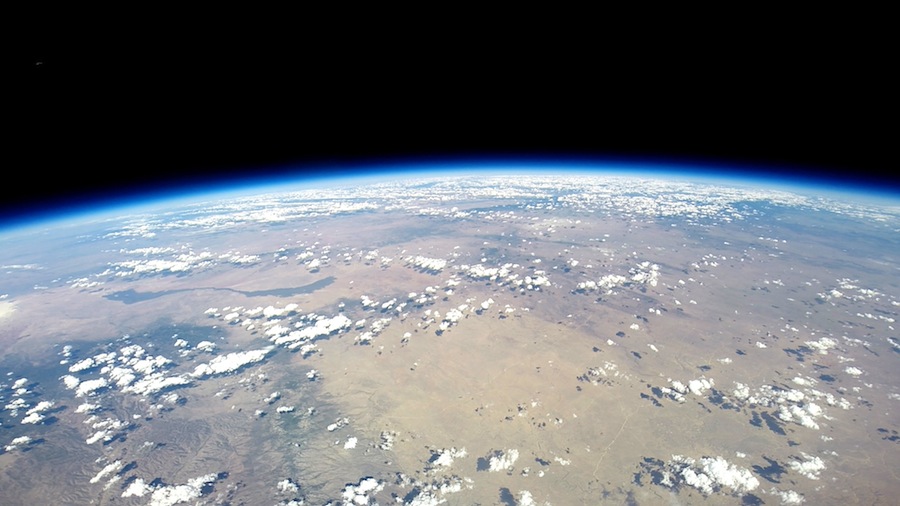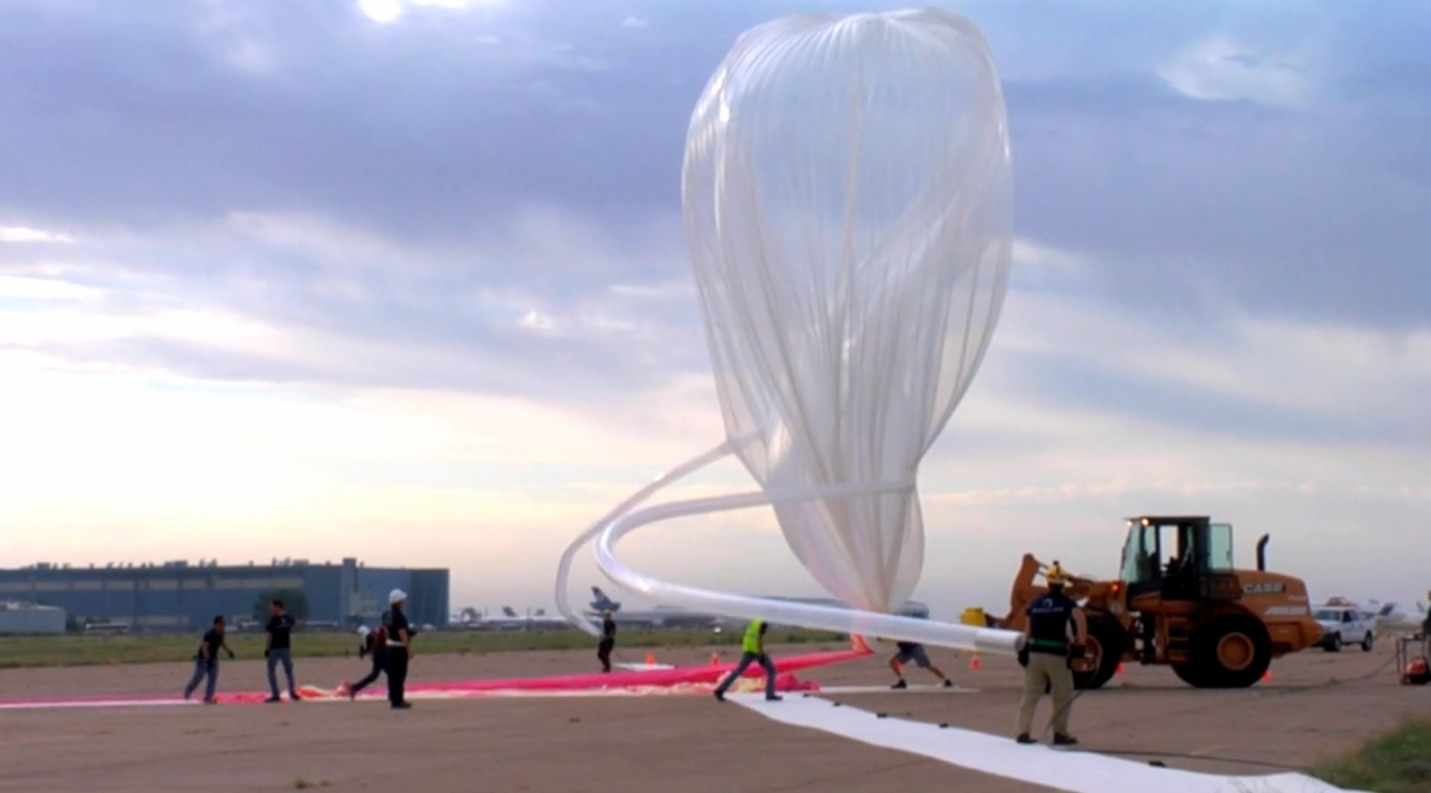Amazing World View Balloon Flight Video Reveals Stunning Look at Earth (Exclusive)

A new video gives an extended look at the record-breaking first test flight by a company that aims to begin lofting passengers on balloon cruises to near-space by 2016.
On June 18, Arizona-based World View launched a scaled-down version of its balloon system to an altitude of nearly 23 miles (37 kilometers) during a test flight that originated in New Mexico. The new World View balloon video of that unmanned flight, which the company shared with Space.com today (July 15), reveals some spectacular views of Earth from the stratosphere.
Those stunning vistas will be available to anyone willing to plunk down $75,000 for a ride with World View, company representatives said. [World View's Near-Space Balloon Rides in Pictures]
"Our voyagers will look out this enormous window at this spectacular view of our planet — the curvature of the Earth, that thin blue line against the backdrop of this beautiful starscape, the blackness of space — that really only astronauts have seen until now," World View CEO Jane Poynter said in the 5.5-minute video. "And now, we get to go."
World View first released a test-flight video about a week after the June 18 launch, but the new video is 4 minutes longer and more in-depth.
Last month's 5-hour test launch ended with a parafoil — a parachute-like wing — carrying the flight system back down to Earth from an altitude of 50,000 feet (15,000 meters). That set a record for the highest-ever parafoil flight, company representatives said.
The test marked a big step forward for World View and its quest to carry paying customers, Taber MacCallum, the company's chief technology officer, said in the video.
Breaking space news, the latest updates on rocket launches, skywatching events and more!
"We began working on World View in 2011, and we'd tested components of the system at a smaller scale leading up to now," MacCallum said. "But this was the first time that we'd sewn all of the different parts of a full flight together."
"This is when we transition from engineering to safely flying people on the edge of space," he added.
World View isn't the only company in the space-tourism field. Virgin Galactic is developing a six-passenger suborbital spaceliner called SpaceShipTwo, and XCOR Aerospace is working on a one-passenger suborbital rocket plane called Lynx.
Tickets to ride SpaceShipTwo are currently selling for $250,000, while a seat aboard Lynx costs $95,000. Both vehicles could begin commercial operations within a year or so, company representatives have said. World View, meanwhile, is aiming to loft its first customers on 2-hour sailinglike excursions in 2016.
Follow Mike Wall on Twitter @michaeldwall and Google+. Follow us @Spacedotcom, Facebook or Google+. Originally published on Space.com.

Michael Wall is a Senior Space Writer with Space.com and joined the team in 2010. He primarily covers exoplanets, spaceflight and military space, but has been known to dabble in the space art beat. His book about the search for alien life, "Out There," was published on Nov. 13, 2018. Before becoming a science writer, Michael worked as a herpetologist and wildlife biologist. He has a Ph.D. in evolutionary biology from the University of Sydney, Australia, a bachelor's degree from the University of Arizona, and a graduate certificate in science writing from the University of California, Santa Cruz. To find out what his latest project is, you can follow Michael on Twitter.

